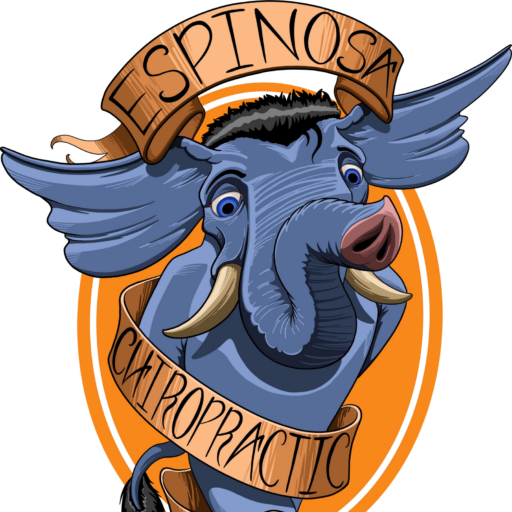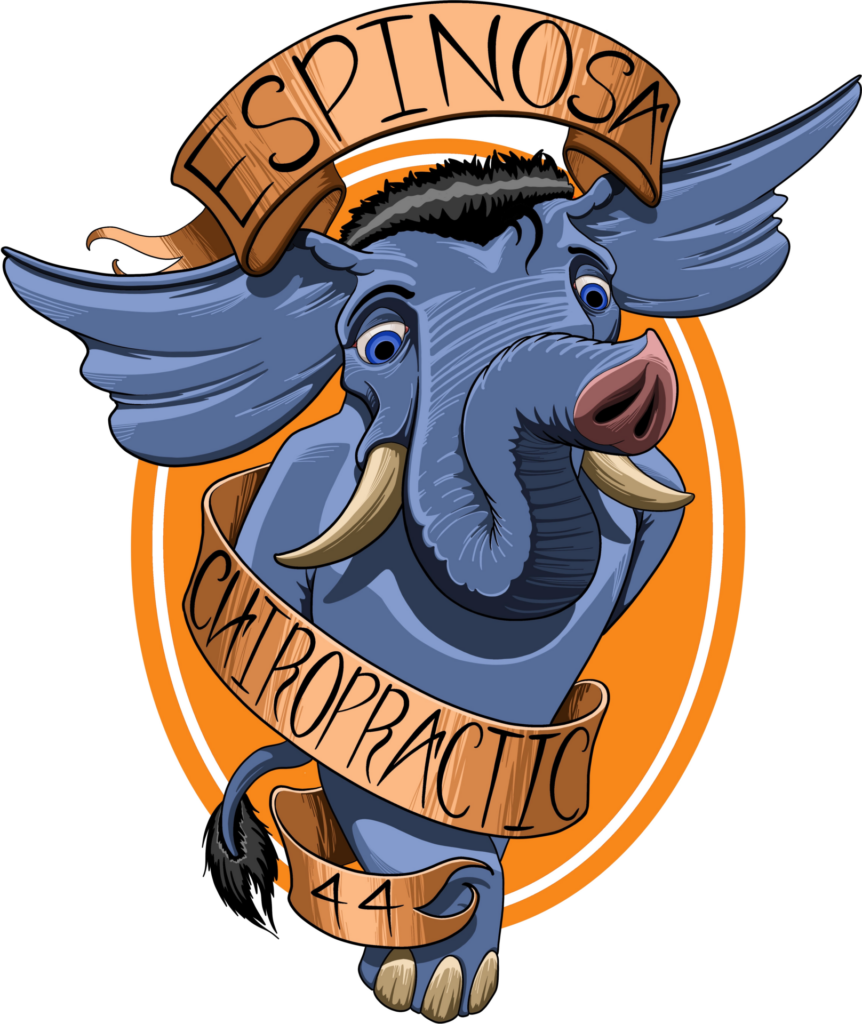Blog
Eating Effectively: The Mindfulness Approach

Too often our eating patterns fall victim to our busy lifestyles.
We alternate between starving and stuffing ourselves, which leaves our body craving unhealthy, filling foods that lack substantial nutritive qualities. Without adequate nutritional support, our bodies have no chance of maintaining a healthy equilibrium. Poor eating habits only contribute further to conditions including anxiety, depression, sleeplessness, poor cognitive function and spinal degeneration. We can turn the tables and use nutrition to our advantage by being mindful about our approach to eating.
Relax Your Back to Relax Your Mind

Mental and physical stress feed off of each other
The cycle is clear to see: mental stress causes your body to tense –> tense muscles pull your spine out of alignment and tend to spasm –> physical pain then adds an additional burden to your mental stress. Along the way, any number of other factors could be out of whack: from poor or stagnant circulation to pain-inducing posture. The end result is a less-happy, less-productive You, and a You who is in for a host of problems down the line if you don’t take steps to manage your stress.
You’ve Got That Groggy Feeling…Again

When it feels like you could stay in bed forever
A busy schedule demands that you wake up swinging. Unless you have your sleep life in check, mornings can become a haze of heavy-headedness. This can make it difficult, not to say unpleasant, to go about your morning routine. So many of us make coffee the first priority of the morning, which only perpetuates a cycle of physical and perceived dependence, not to mention interfering with our sleep down the line. Morning grogginess is a product of our lifestyles as much as it is a problem. Here are our steps for waking up right:
Sleep Tight Tonight with Chiropractic

How missing sleep hurts
Sleep deprivation is alive and well in our society. We are busier and more distracted than ever, and as a result we are sleeping less than ever. And that’s before we even question the quality of sleep that we are getting. Sleep deprivation, both in quantity and quality, affects us in the following ways:
- Impaired brain function: brain-body coordination, for example, is made more difficult
- Reduced cognitive ability: memory, creativity and problem-solving skills are impaired
- Heightened anxiety and depression: as well, our coping mechanisms deteriorate
- Worse immune function
- Metabolism affected: contributing to weight gain
- Elevated risk for cardiovascular disease: sleep deprivation has been linked to conditions including hypertension
So what do we do? More often than not, we reach for the coffee, which opens a whole other can of worms.
Cardio Exercise that Accounts for Back Pain

Cardio is one of the most important elements of managing back pain
For three main reasons:
- Circulation: by getting your blood flowing, oxygen and nutrients move to cells throughout the body that are in need of support as they attempt to repair and rebuild. Stagnation prevents this circulation from reaching so extensively; even 10 minutes of walking is enough to get your blood flowing more effectively.
- Endorphins: nature’s pain killers are yours for the free price of a 30 minute cardio exercise. A vigorous 30 minutes should see a release of endorphins into the blood stream that helps you perceive less pain.
- Managing body weight: your spine is supporting the weight of your upper body, which means that every pound over your target weight is contributing to spinal degeneration.
But not all cardio is good for back pain sufferers- anything that causes repetitive trauma to the spinal joints is counterproductive. If you are in love with the benefits of running, but it causes you too much pain, read on for some alternative cardio workouts that are less traumatic to your spine.
The Relationship Between Movement and Sleep

Movement equals circulation
Circulation is an essential factor in sleep: your brain needs proper oxygenation to function in the first place, and an enhanced nutrient flow certainly helps even more. Your brain is supplied with its oxygen and nutrients by blood vessels in the neck and when circulation is blocked, by excess fat or cholesterol, or when circulation is allowed to become stagnant, this flow is reduced. Brain cells, lacking the oxygen and nutrients they need to thrive, hum along with reduced capacity, detracting from your ability to sleep. One answer to improving circulation is improving movement.
The Many Problems Caused by Scar Tissue

Scar tissue underpins many injuries
The dense tissue that forms after injury is an essential process but it can also be problematic. And it doesn’t even require an injury to form. Scar tissue forms either:
- in response to injury, as it acts to bind the damaged tissues of a joint, tendon or ligament back together.
- in response to lack of oxygen; when your muscles don’t get the oxygen they need, free radicals begin to accumulate in a given region, which attracts the cells responsible for scar tissue.
Scar tissue is inferior to your original, healthy tissue; it is less pliable and weaker. When unadressed, this scar tissue can form adhesions which affect the muscles and can even trap nerves, causing pain and dysfunction. In the wake of any injury, it is important to pay attention to scar tissue build up and take preventative steps to stop it from causing further damage.
Posture to: Feel Better, Look Smarter, Perform Harder!

Posture is one of the fastest ways to start boosting your health this new year
But it is not as easy as say, drinking water. Changing your posture for the better takes a concerted effort betweeen body and mind. Every moment will be a challenge as you fight to maintain your body in an upright, low-pressure position. It will take the cultivation of a certain set of muscles and the development of mental discipline to catch yourself when you slouch and slump. But the upside is too large to ignore- improving posture sets the foundation for spinal wellness that impacts every part of your waking and sleeping life. This new year, let’s make better posture a priority.
2018 Health Priorities: Get the Sleep you Deserve

2018 is the year we start fighting back against sleeplessness
Finding your eight hours of sleep of has never been fraught with so many obstacles. From the seemingly omnipresent intrusion of notifications, the indifferent glow of different-sized screens, the technology age has added a heavier weight to the scale opposing your sleep health. Some studies estimate that as much as one-fifth of our population, between 50 and 70 million people, suffers from some form of sleep disorder. Sleep is an essential component of life– it’s time we start making the effort to prioritize our sleep health.
Staying on the Road to Athletic Greatness with Chiropractic

Boosting athletic performance with chiropractic care
In sports it´s often said that, ¨the game doesn´t get any easier, you just get better.¨ You learn the intricacies of the game and you specialize your body and mind in an attempt to gain a competitive advantage. At our office in Sacramento, we help athletes derive an athletic advantage by ensuring that your body, and thus your performance, is fine-tuned. Chiropractic benefits:
- Optimal nerve function
- Resilience to injury
- Full range of motion in the spinal joints
- Better circulation
- Faster recovery times between exercise
The use of chiropractic is on the rise throughout the professional sport world, and chiropractic will be well represented at the 2018 Olympic Games.
